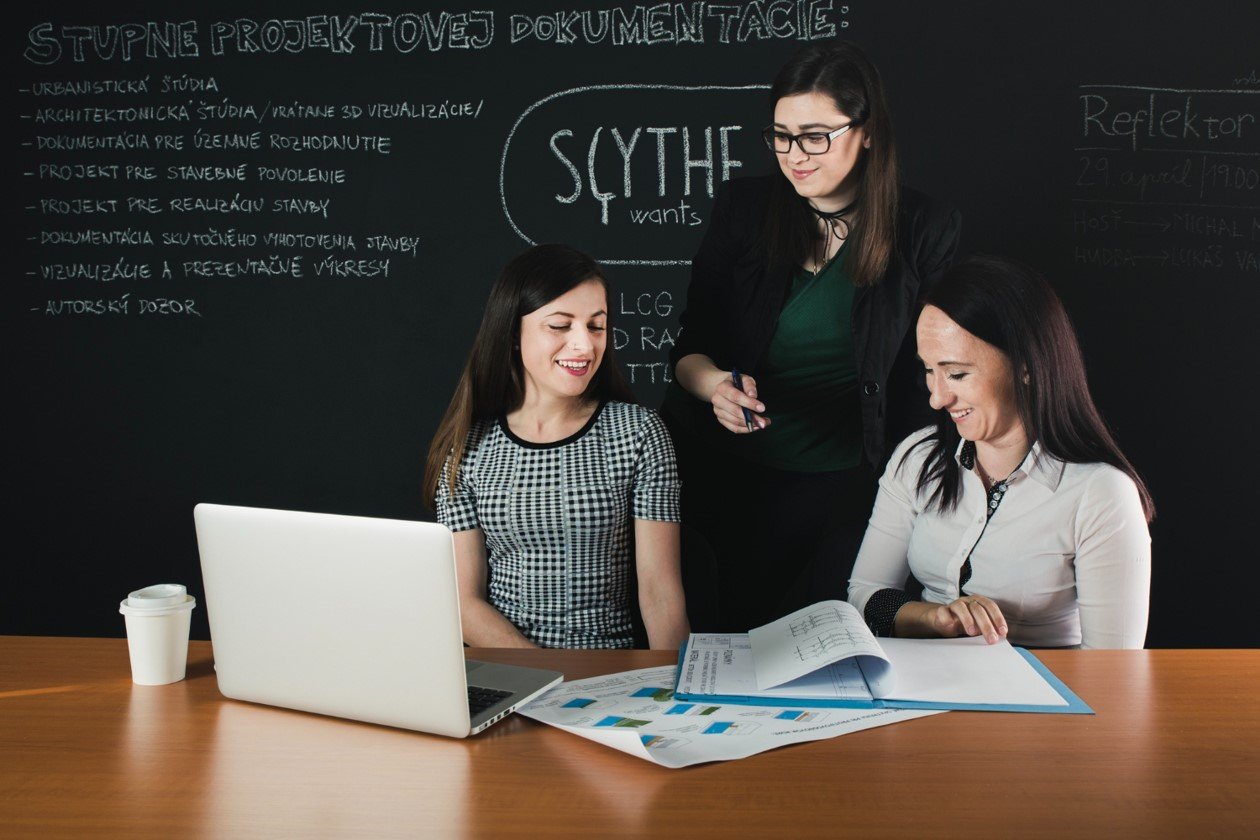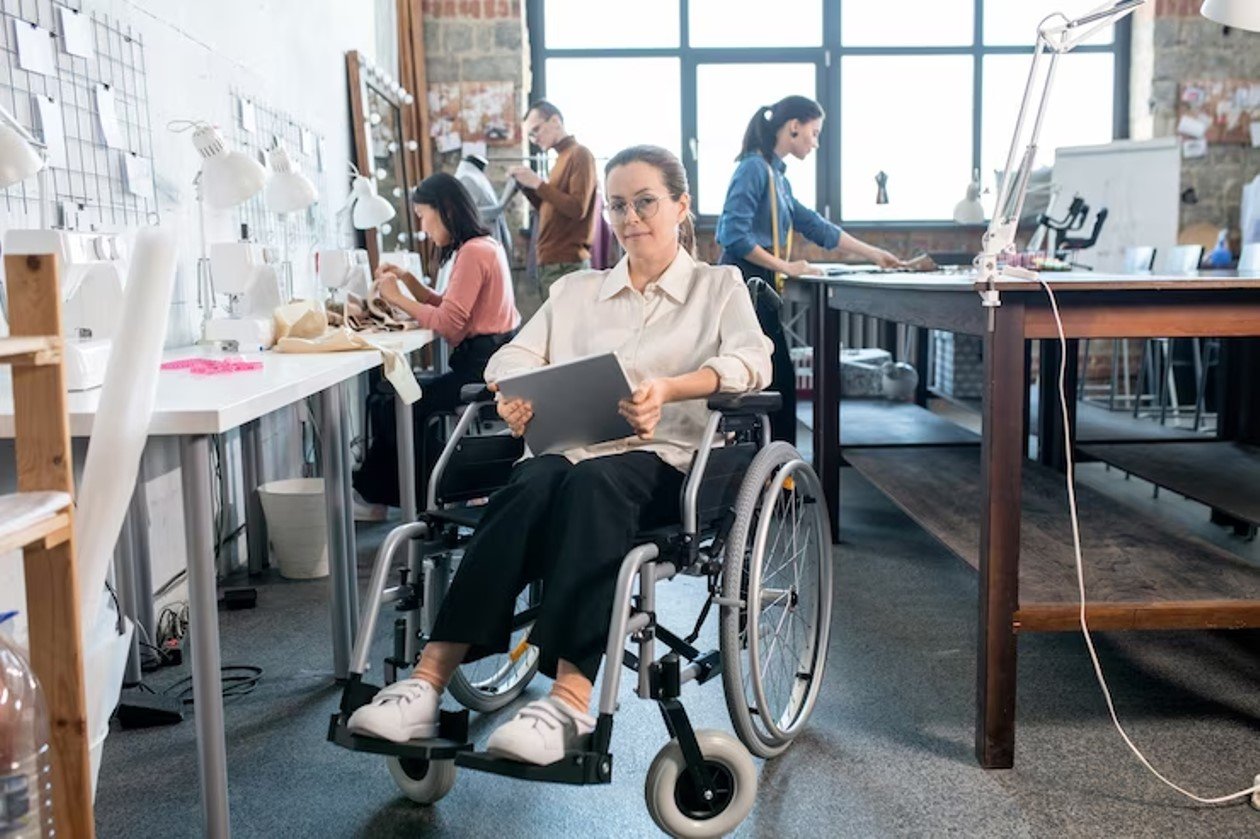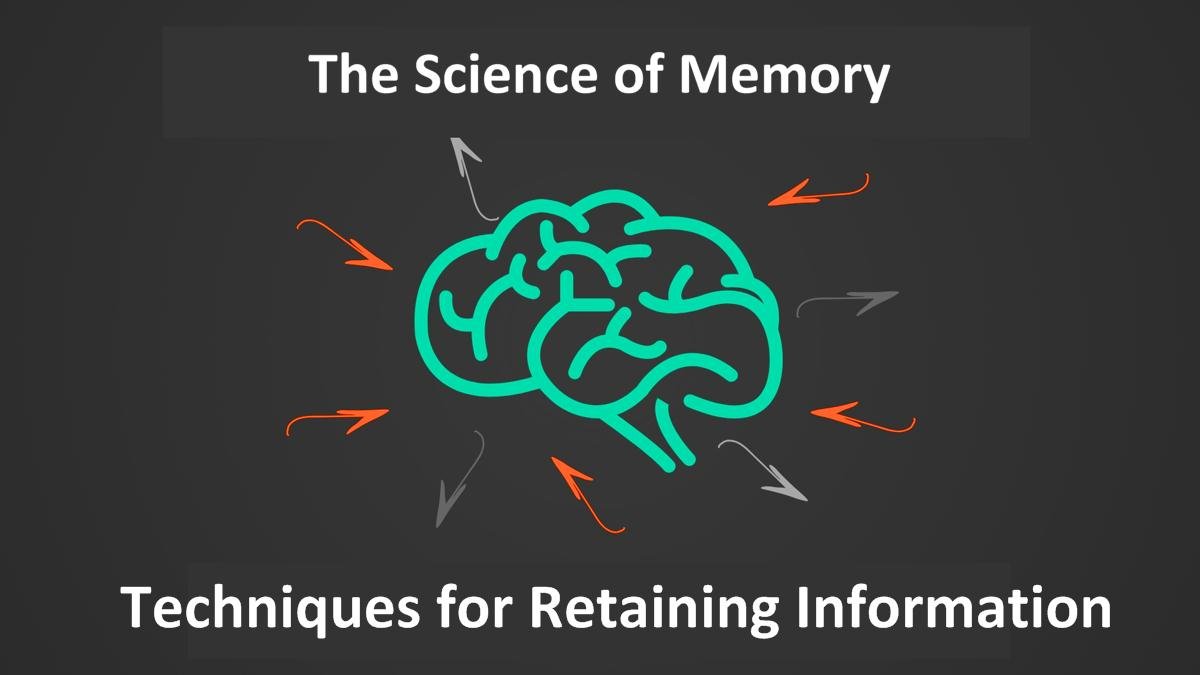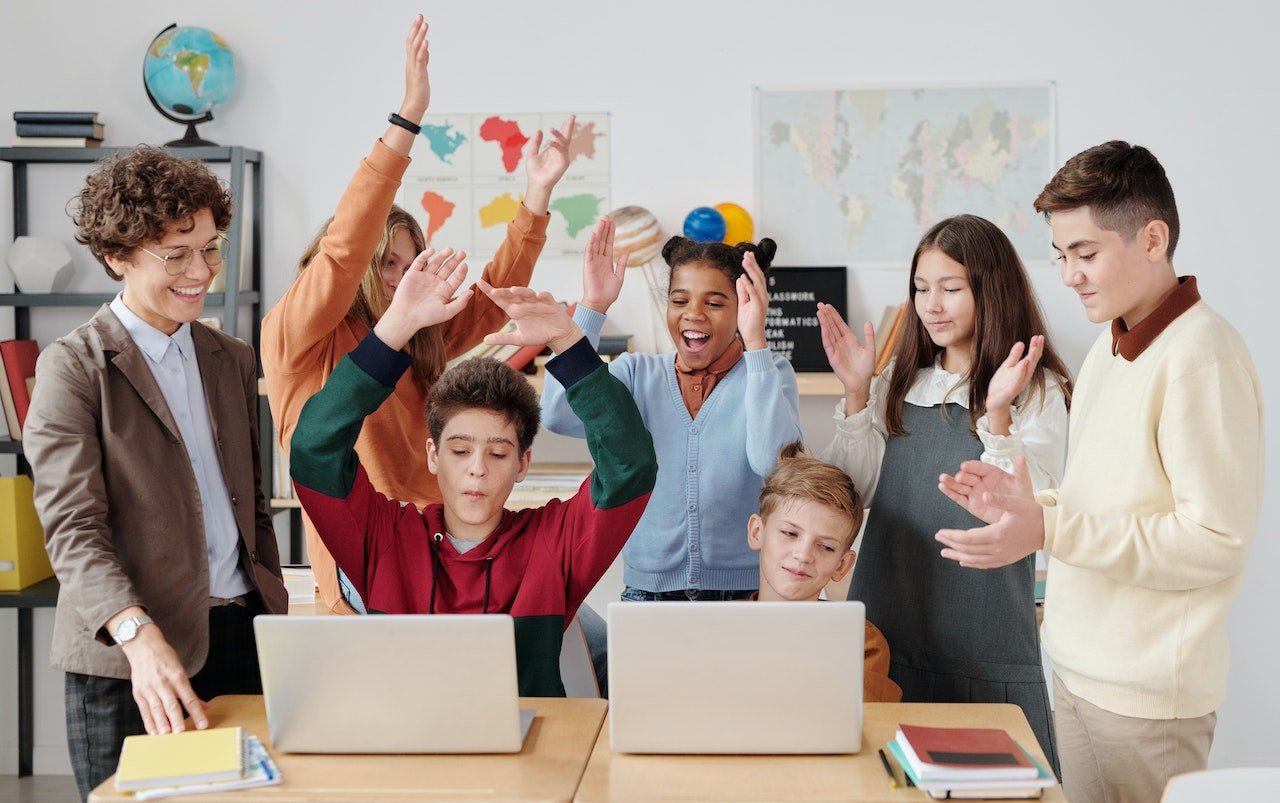The Impact of Social Media on Education

Social media has become an integral part of our lives, transforming the way we connect, share, and communicate. In recent years, it has also made a significant impact on the world of education. This article explores the multifaceted relationship between social media and education, examining both the positive and negative effects, and delving into how it’s shaping the future of learning.
The Evolution of Social Media
Social media platforms have evolved rapidly over the past decade. From the early days of MySpace and Facebook to the more recent rise of Instagram, Twitter, and TikTok, the social media landscape has undergone substantial changes. This evolution has given educators and students new tools for communication and collaboration.
The Role of Social Media on Education
Enhancing Communication
One of the most significant benefits of social media in education is its ability to enhance communication. Teachers can interact with students beyond the classroom, answering questions and providing updates. Students can also communicate with each other, fostering a sense of community and peer support.
Read More: 7 Best Educational Games for Kids in 2023
Information Sharing
Social media serves as a rich source of information. Students can access a vast array of educational content, from articles and videos to live webinars and podcasts. This accessibility helps students stay informed and engaged in their areas of interest.
Collaboration and Networking
Social media platforms enable students to collaborate on projects and share resources easily. Educators can create private groups where students discuss topics, share documents, and collaborate on assignments. Such collaboration fosters teamwork and critical thinking skills.
The Impact of Social Media on Students
Positive Effects
Social media can have a positive impact on students. It promotes creativity, critical thinking, and problem-solving skills. Moreover, it offers a platform for self-expression and the development of a personal brand, which is increasingly important in today’s job market.
Negative Effects
However, the negative aspects must also be considered. Excessive use of social media can lead to distractions, poor academic performance, and mental health issues. Students may experience anxiety and loneliness due to the pressure of maintaining an online image.
Social Media in the Classroom
Some educators have embraced the use of social media in the classroom. Platforms like Twitter and Instagram are used to facilitate class discussions, share resources, and connect with experts in various fields.
Social Media and Learning Management Systems (LMS)
Learning Management Systems (LMS) have integrated social media features to provide a more interactive learning experience. These platforms combine course content with social interactions, making learning engaging and dynamic.
The Influence of Social Media on Teachers
Social media has not only affected students but also teachers. Educators can use social media to engage with their students and stay updated on the latest teaching methodologies. It has become a valuable tool for professional development.
Social Media and Educational Institutions
Promoting Institutions
Educational institutions utilize social media to market themselves and attract prospective students. They create engaging content that showcases their facilities, programs, and success stories.
Challenges Faced
However, educational institutions also face challenges related to social media, such as managing their online reputation, dealing with negative feedback, and ensuring the privacy and security of their students.
Ethical Considerations
The use of social media in education raises ethical questions. Educators must consider issues like online etiquette, plagiarism, and the reliability of information shared on social platforms.
Cyberbullying and Online Safety
One of the darker sides of social media is the potential for cyberbullying and online harassment. Educational institutions must address these issues to create a safe online environment for students.
The Future of Social Media in Education
The impact of social media on education has been profound, and as technology continues to advance, it’s important to consider what the future holds for the intersection of these two realms. Here, we explore some key trends and possibilities that will shape the future of social media in education.
Augmented and Virtual Reality Integration
One exciting prospect is the integration of augmented reality (AR) and virtual reality (VR) into social media platforms for educational purposes. Imagine students joining a virtual classroom through their social media accounts, where they can interact with teachers and peers in a fully immersive environment. This technology has the potential to revolutionize distance learning and make education more engaging and interactive.
Personalized Learning Paths
With the vast amount of data generated on social media, platforms can use artificial intelligence (AI) to create personalized learning paths for students. By analyzing a student’s interests, strengths, and weaknesses, social media can recommend educational content, courses, and resources tailored to individual needs. This will enable a more efficient and effective learning experience.
Collaborative Learning Spaces
Social media has already made collaboration among students easier, but the future holds even more collaborative potential. Social media platforms might develop dedicated spaces for group projects, where students from different parts of the world can work together seamlessly. This kind of global collaboration can enhance cross-cultural understanding and teamwork skills.
Gamified Learning
Gamification has been a popular trend in education, and social media can take this to the next level. Integrating educational games, quizzes, and challenges into social media platforms can make learning more fun and engaging. It also offers an opportunity for students to earn badges or rewards for their educational achievements.
Real-Time Language Translation
In a globalized world, language barriers can be a hindrance to effective communication and learning. Future social media platforms may feature real-time language translation tools, making it possible for students and educators from different linguistic backgrounds to interact without hindrance. This will promote inclusivity and diversify the learning experience.
Enhanced Data Security and Privacy
As social media becomes more integrated into education, the need for robust data security and privacy measures is paramount. The future will likely see stricter regulations and improved security features to protect students’ sensitive information and ensure a safe online learning environment.
Lifelong Learning Communities
Social media has the potential to foster lifelong learning communities. Imagine adults continuing their education, acquiring new skills, and staying updated on industry trends through dedicated social media groups and networks. These communities can become essential for professional development.
Case Studies
Khan Academy
Social Media on Education: Khan Academy is a prime example of a platform that has harnessed social media to make quality education accessible to all. Its YouTube tutorials have garnered millions of views, offering free lessons in various subjects.
Coursera
Coursera, an online learning platform, leverages social media to promote its courses and connect with a global audience. Students can share their achievements and experiences on various social media platforms.
Expert Opinions
Experts in the field of education recognize the potential of social media. They believe that when used judiciously, it can be a powerful tool for both teaching and learning.
The Need for Digital Literacy
Social Media on Education: Incorporating social media on education necessitates a strong focus on digital literacy. Students and educators must be well-versed in discerning reliable sources from misinformation and using online platforms responsibly.
Read More: Technological Disruptions and the Future of Education
Conclusion
The impact of social media on education is undeniable. It has revolutionized the way students learn and teachers instruct. However, it’s not without its challenges. Striking a balance between the benefits and drawbacks of social media in education is crucial.
FAQs
How has social media improved communication in education?
Social media platforms provide a means for teachers and students to engage beyond the classroom, facilitating better communication and support.
What are some examples of positive effects of social media on students?
Positive effects include improved creativity, critical thinking, and problem-solving skills, as well as opportunities for self-expression.
What are the ethical considerations when using social media in education?
Educators must consider issues like online etiquette, plagiarism, and the reliability of information shared on social platforms.
How are educational institutions using social media for promotion?
Educational institutions use social media to market their programs, facilities, and success stories to attract prospective students.
What is the future of social media in education?
The future likely holds more innovative platforms and tools that will continue to transform the educational landscape.





